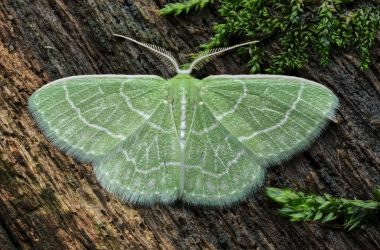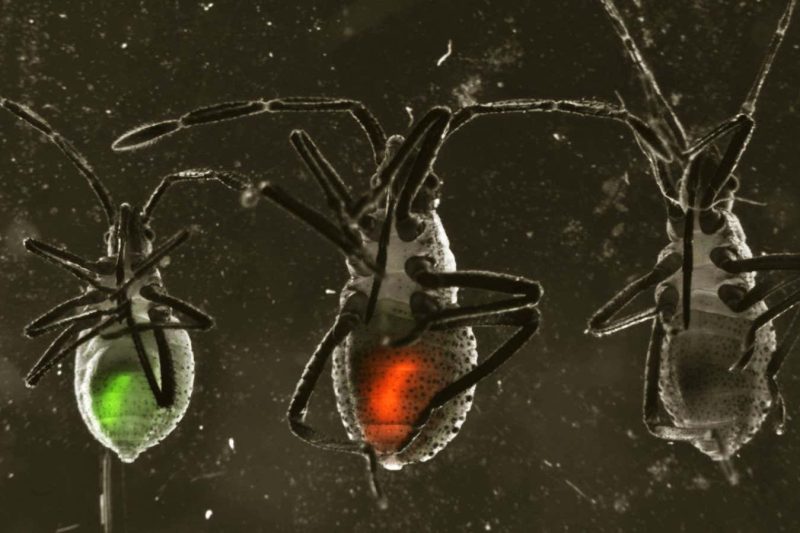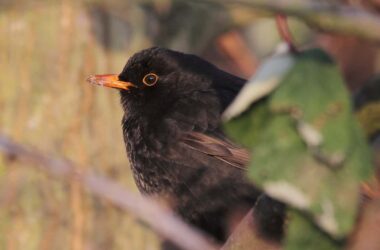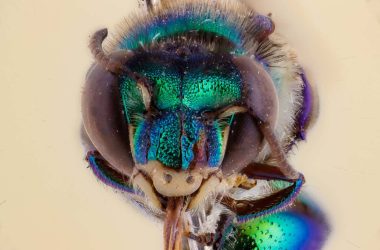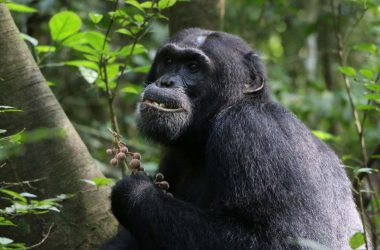Introduction
Young squash bugs, known as nymphs, have a peculiar behavior of consuming adult feces to acquire beneficial bacteria. Unlike other species, they do not inherit these bacteria from their parents.
The Importance of Symbiotic Bacteria
Squash bugs, specifically Anasa tristis, are agricultural pests that attack crops like courgette and pumpkin. They have a symbiotic relationship with Caballeronia bacteria, which are vital for their growth, development, and survival.
Other species, such as stink bugs, receive immediate access to symbiotic bacteria from their mothers. However, squash bugs must find it on their own in the environment.
The Unusual Feeding Behavior
Scott Villa and his colleagues from Davidson College discovered that newly hatched nymphs seek out and consume the feces of adult squash bugs, which contain Caballeronia bacteria.
The researchers conducted experiments where nymphs were given the choice between saline solution and adult feces. In almost all trials, the nymphs chose to consume the feces.
Interestingly, nymphs specifically targeted the feces of their own species, ignoring the feces of a related species called Anasa andresii.
Eating for Survival, Not Hunger
The nymphs had access to ample summer squash for food, suggesting that their consumption of feces was not driven by hunger. Once they acquired Caballeronia bacteria, they focused on eating the summer squash.
Implications for Pest Control
Villa believes that the close-knit communities where adults and nymphs live provide enough adult feces for nymphs to feed on and acquire the bacteria. These findings offer potential strategies for controlling squash bug populations in agricultural crops.
By breaking their ability to find the bacteria or removing the bacteria from the environment, population growth of squash bugs can be halted.
Conclusion
Understanding the unique feeding habits of young squash bugs can provide insights into their life cycle and help develop effective pest control strategies.
Topics
– Squash bugs
– Symbiotic bacteria
– Feeding behavior
– Pest control


